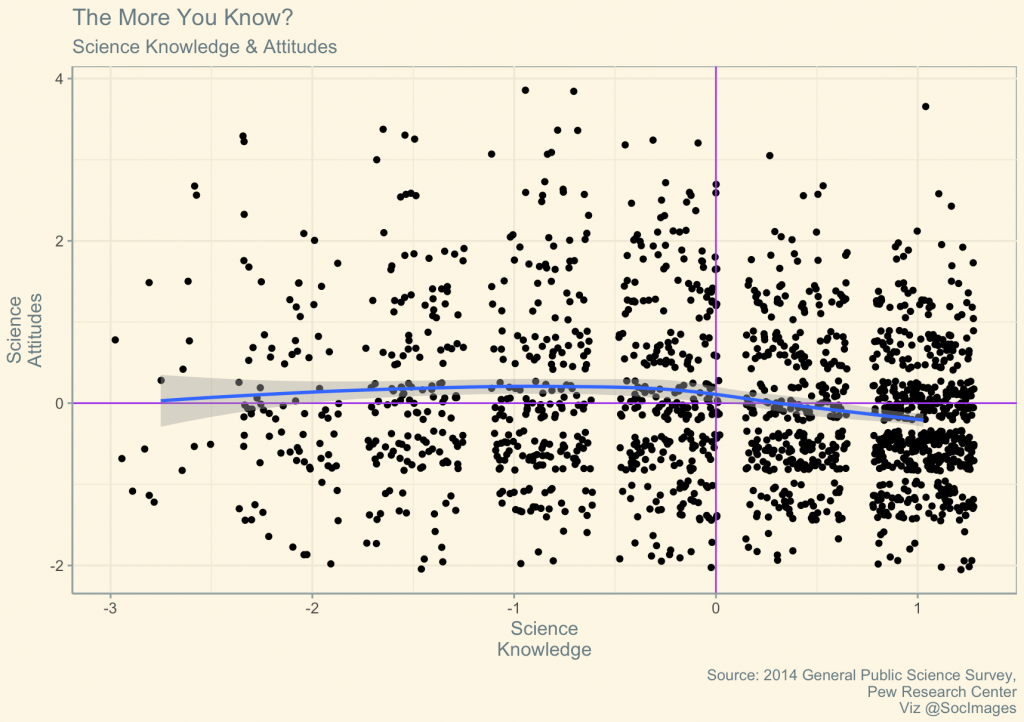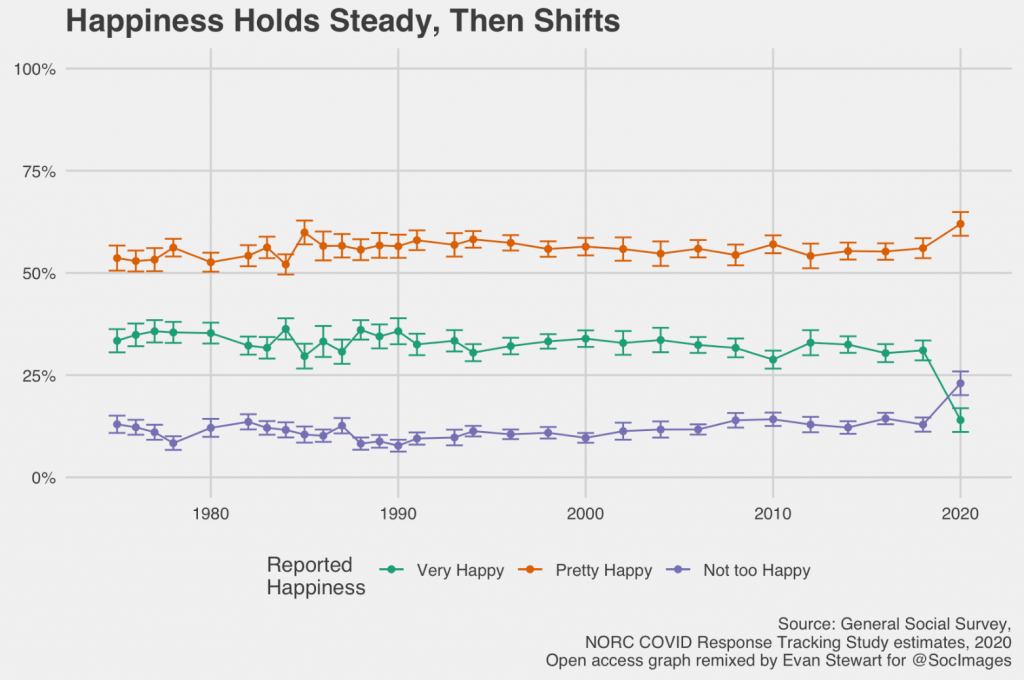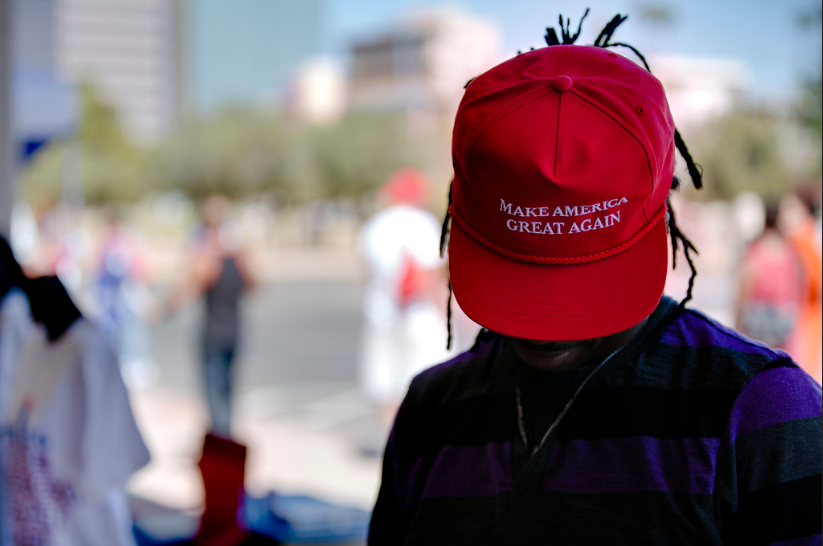
We seem to have been struggling with science for the past few…well…decades. The CDC just updated what we know about COVID-19 in the air, misinformation about trendy “wellness products” abounds, and then there’s the whole climate crisis.
This is an interesting pattern because many public science advocates put a lot of work into convincing us that knowing more science is the route to a more fulfilling life. Icons like Carl Sagan and Neil deGrasse Tyson, as well as modern secular movements, talk about the sense of profound wonder that comes along with learning about the world. Even GI Joe PSAs told us that knowing was half the battle.
The problem is that we can be too quick to think that knowing more will automatically make us better at addressing social problems. That claim is based on two assumptions: one, that learning things feels good and motivates us to action, and two, that knowing more about a topic makes people more likely to appreciate and respect that topic. Both can be true, but they are not always true.
The first is a little hasty. Sure, learning can feel good, but research on teaching and learning shows that it doesn’t always feel good, and I think we often risk losing students’ interest because they assume that if a topic is a struggle, they are not meant to be studying it.
The second is often wrong, because having more information does not always empower us to make better choices. Research shows us that knowing more about a topic can fuel all kinds of other biases, and partisan identification is increasingly linked with with attitudes toward science.
To see this in action, I took a look at some survey data collected by the Pew Research Center in 2014. The survey had seven questions checking attitudes about science – like whether people kept up with science or felt positively about it – and six questions checking basic knowledge about things like lasers and red blood cells. I totaled up these items into separate scales so that each person has a score for how much they knew and how positively or negatively they thought about science in general. These scales are standardized, so people with average scores are closer to zero. Plotting out these scores shows us a really interesting null finding documented by other research – there isn’t a strong relationship between knowing more and feeling better about science.

Here, both people who are a full standard deviation above the mean and multiple standard deviations below the mean on their knowledge score still hold pretty average attitudes about science. We might expect an upward sloping line, where more knowledge associates with more positive attitudes, but we don’t see that. Instead, attitudes about science, whether positive or negative, get more diffuse among people who get fewer answers correct. The higher the knowledge, the more tightly attitudes cluster around average.
This is an important point that bears repeating for people who want to change public policy or national debate on any science-based issue. It is helpful to inform people about these serious issues, but shifting their attitudes is not simply a matter of adding more information. To really change minds, we have to do the work to put that information into conversation with other meaning systems, emotions, and moral assumptions.
Evan Stewart is an assistant professor of sociology at University of Massachusetts Boston. You can follow his work at his website, or on BlueSky.













